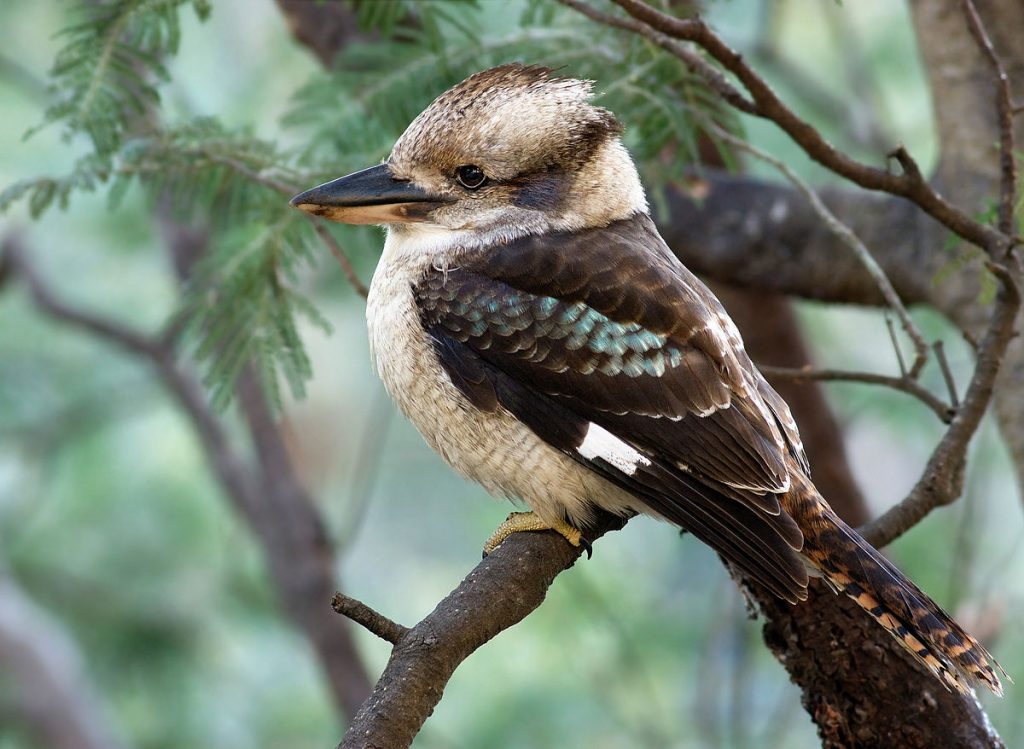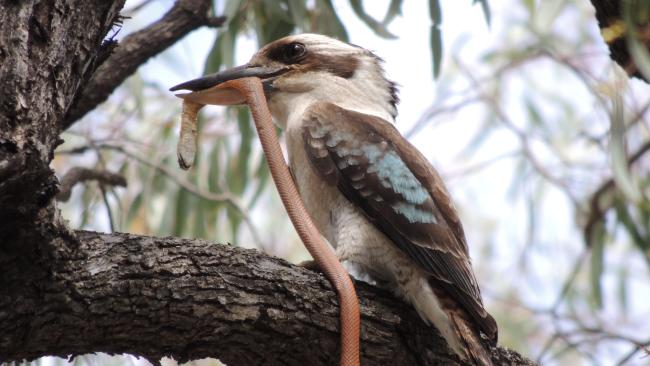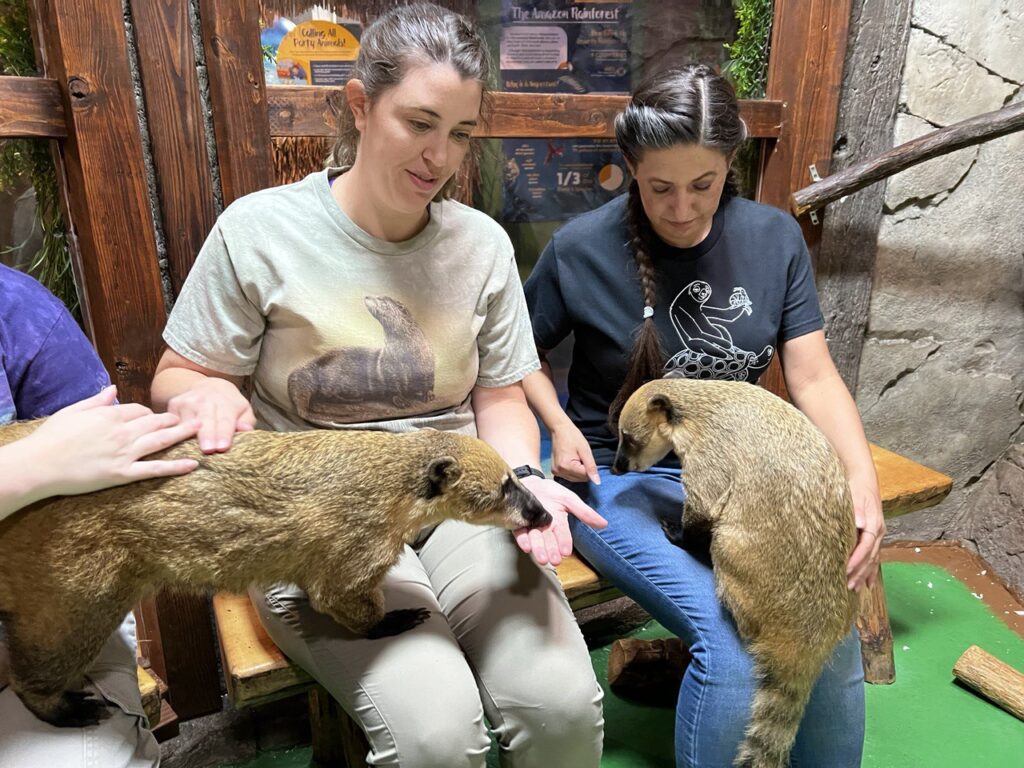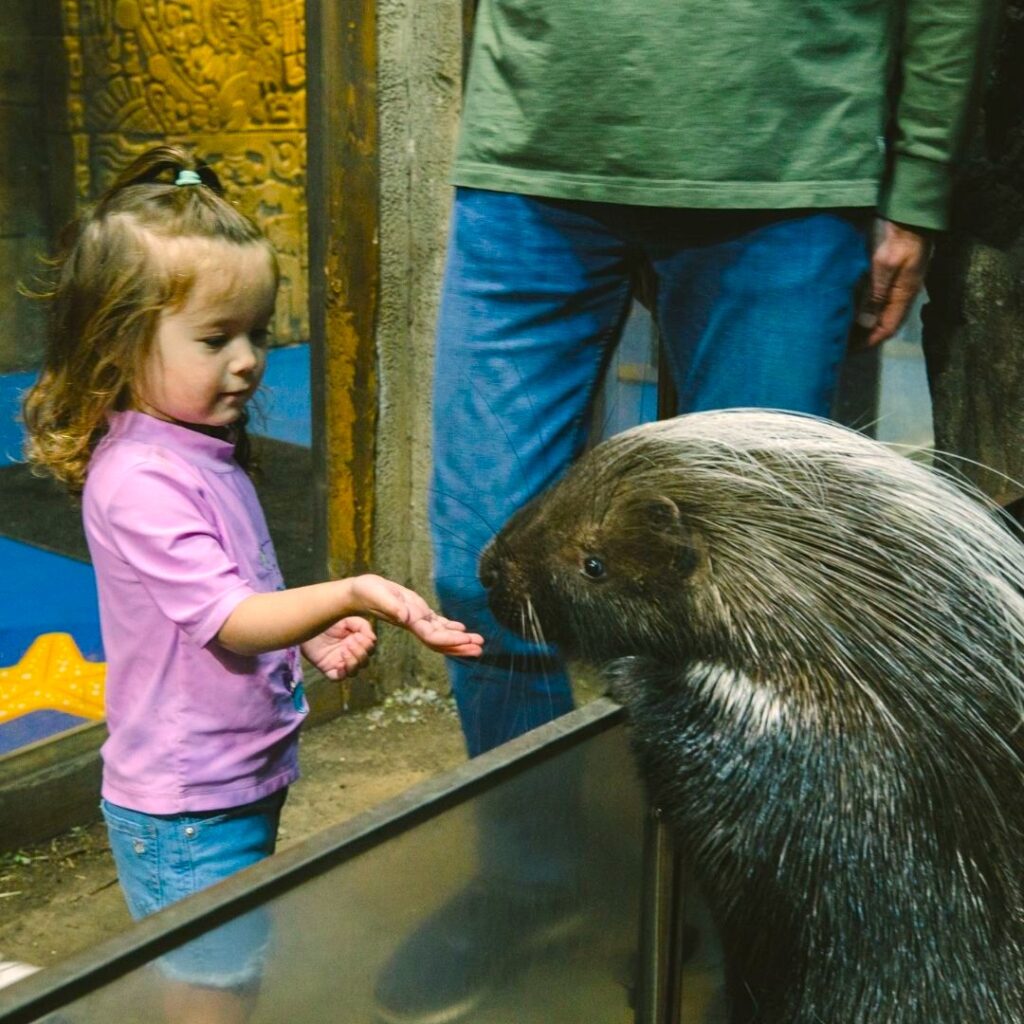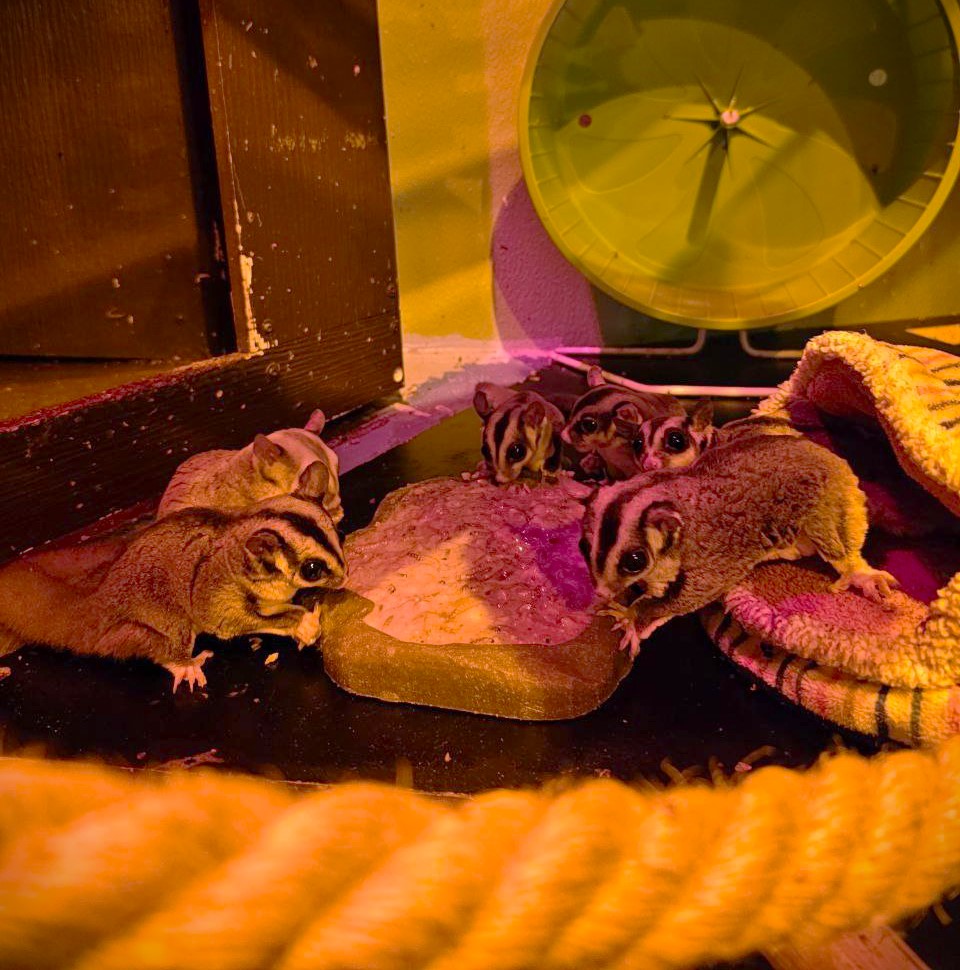Those Krazy Kookaburras!
Share it on:
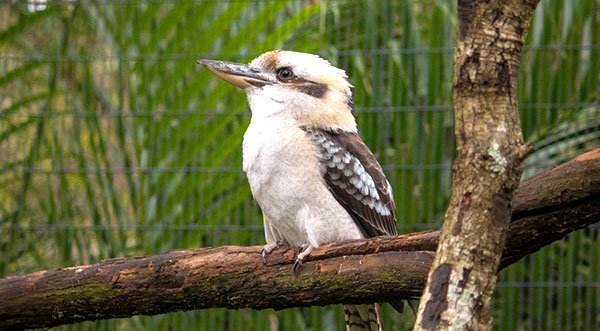
These birds love a good chuckle. The Kookaburra is a tree bird native to Australia and New Guinea. With a fun and unique little stance, this bird is most commonly known for its laughter-like call. Yes, the laughing bird! While it may appear unassuming, the little laughing Kooka never fails to impress with its fancy voice! A one-of-a-kind species you don’t hear about every day, though the staff at our SeaQuest locations get to listen to them giggle daily! Read on to learn more and find out where you can visit one in your area!
The Hysterical Laughter
The Kookaburra has a broad, spectacular range of voice. Though it may sound like human laughter, it acts as a territorial call that the bird uses to warn other animals and make its presence known. These calls start as a hiccup-type chuckle followed by a burst of almost uncontrollable laughter. Cackling groups of kookaburras can be heard at all times of the day but most frequently at dusk and dawn.
Despite their unique voice, kookaburra birds have an effortless outward appearance. With plainly colored feathers and brown stripes across their heads, kookaburras have long, heavy bills that can grow up to 4 inches long! Carnivorous birds use their beaks to quickly snatch food, such as insects, worms, and even small frogs. Ribbit!
“Kooky” for Kookaburra Facts!
Here are some fun facts about the Krazy kookaburras and their spunky little characteristics!
- Laughing kookaburra habitats are predominantly in the rainforests and woodlands of Australia.
- Kookaburras are the most significant species in the Tree Kingfisher family – though they are the odd ones out as they don’t usually eat fish!
- These birds’ tumultuous calls are known as the “Bushman’s Clock” in the land down under.
- Kookaburras pair for life. They establish a year-round territory, nesting in tree holes, and both females and males contribute to caring for the young.
- The females are usually larger than males.
- Kookaburras are considered to be of the least concern regarding their species population. Still, habitat loss always threatens any species in certain harsh climates and habitats.
- Olly the Kookaburra was one of three official animal mascots at the 2000 Summer Olympics in Sydney!
- At many zoos, kookaburras are a part of the “Birds of Prey” exhibits, as they are known to eat mice, insects, and small snakes! Hissssssss!!
- The dolphin call in the hit television show “Flipper” is actually a modified kookaburra bird call!
This bird has one heck of a laugh, an audacious personality, and a bold voice! It has adapted to human development and environments and often inhabits suburban areas with abundant food and shelter. Want to hear the laughter in person? Come visit our krazy kookaburras at your nearest SeaQuest location! We can’t wait to show you our fantastic bird habitat exhibit!
SeaQuest is committed to protecting our world’s oceans, wildlife, and endangered animals. We focus on how to be proactive in finding solutions. To learn more about how you can help protect and save our earth’s oceans, book your visit today at any of the following locations: Utah, Las Vegas, Dallas-Ft. Worth, Sacramento, Minneapolis, Lynchburg, and New Jersey.

